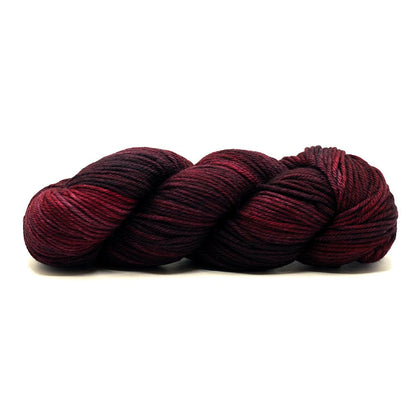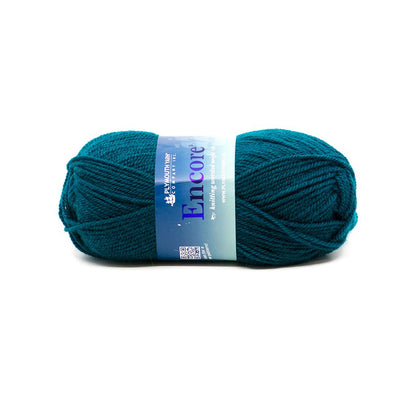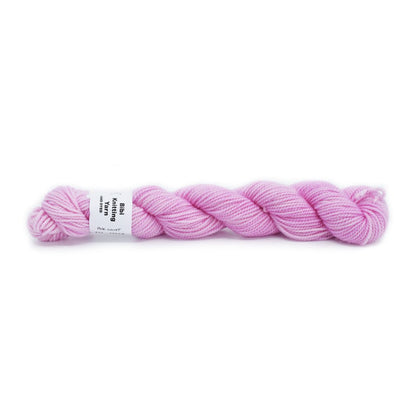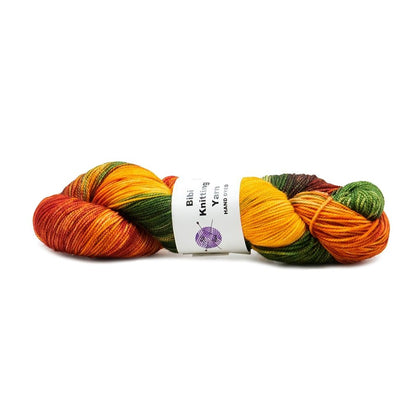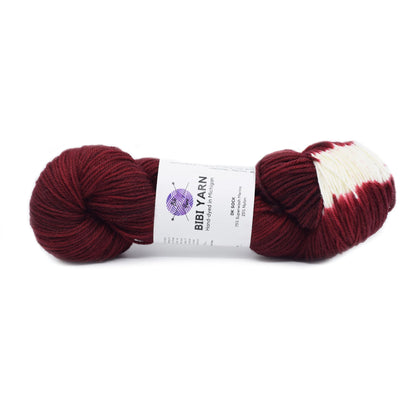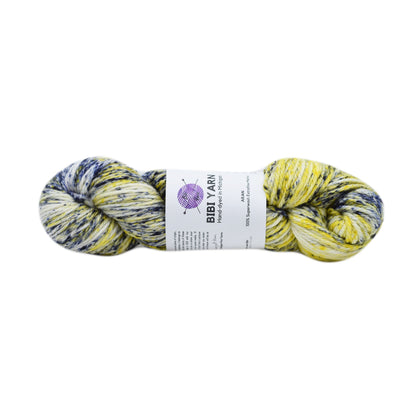How to Care for Hand Knitted Items

You’ve worked so hard creating custom handmade pieces and knowing how to properly care for them will keep each looking just as good as they did the day you finished them! It can be a challenge because each fiber is going to require different care, each garment different techniques. However, if you understand the basics and keep things simple, you can wear your items proudly and be confident about taking care of them!
We’ve provided some basic information and suggestions that take you through the cleaning and dressing process. There are also free printables for common laundry symbols and care tags. Since each of your projects is going to be unique, the printables are fun reminders to help maintain the look and feel of your creations!
The starting point for taking the best care of your goods is understanding the yarn you’ve used. If you don’t keep the ball band for each project, try writing entries in a binder or making yourself a tag to keep with the finished item. Include the fiber content and recommended care instructions. We’ve got a great article that covers the information on yarn labels, including where you’ll see care symbols or suggestions!
Symbols
There are a number of symbols used to identify the type of laundering that should be done for fabrics that extend outside of the handmade world. You may be familiar with some of these, but we’ve provided a quick reference guide to keep all of them accessible when you need them!
The Washing Process
When in doubt, handmade items should always be hand-washed. Yarns that have been treated and labeled as “superwash” can be washed on a gentle cycle in your machine, but be diligent about using cool water and put items in a laundry bag if you’re afraid of snags. Hand washing should also be done in cool or lukewarm water. (The soap or detergent you use may need to dissolve in warmer water, but let it cool before you put your item in!)
The products we use on our handmade projects will have a significant impact on their longevity. With so many options on the market - many even designed specifically for handmade items - what do you choose? The easiest option is probably already in your kitchen - liquid dishwashing soap! These detergents are mild enough to not damage fibers and strong enough to remove grease and soil. Be sure to rinse your item in cool water, and if the water isn’t clear after a first rinse, rinse again!
Another key factor when washing and knit or crochet work is to avoid agitating the fibers when they’re wet. This can cause felting for some fibers and, more broadly, can distort the stitches. Let the item soak and gently massage it to clean the fabric; don’t wring, pull or twist as that will put tension on the stitches.
One last note on washing. To create different colors, yarns are dyed and then rinsed. Even with rinsing though, some dyes may run the first few times they are washed. Wash new items on their own to ensure any bleeding doesn’t alter other colors! (Anybody have experience washing a red shirt with some white ones? Just us?)
Removing Stains and Marks
Most of your items won’t stain easily. If you do notice a particularly soiled area, a bit of spot cleaning should do the trick. Don’t reach for anything too astringent as chemicals and acids can damage fibers. Household staples like baking soda and white vinegar are good options to consider, but as with any of our care tips, double check the fiber content of your piece and if possible, test a solution on an inconspicuous area before using more widely.
The Drying Process
Drying handmade pieces is about more than simply removing moisture from the fabric. The drying process is also where you can reshape the item to its original or desired form. Most yarns are going to suggest air drying as opposed to machine drying, and you’ll typically see recommendations to lay the item flat. These measures are to prevent the piece from shrinking in a hot dryer or stretching out if hung or draped over something to dry.
Keeping Garment Shape
Keeping the shape of a handmade item can also be managed through the blocking process. Blocking is essentially taking a piece and arranging it into its final or optimal shape. This can be done through submerging the item in water and pinning it to dry in its proper dimensions. You can also pin first and then spritz the yarn with water to achieve the same effect with more delicate fabrics. Additionally, steaming a handmade item can help stitches relax into their natural shape. Different fibers will react to different techniques depending on their elasticity, memory and sensitivity to heat, so modifying your approach to care for each project will yield the best results.
Steaming and Ironing
While steaming or pressing may be a part of your blocking process, you can also use these actions to freshen items that may not need full laundering. Pay close attention to the heat levels with these tools and review the yarn’s ball band for recommendations. If you hang an item while steaming, make sure that the weight of the item itself doesn’t put any extra weight on the stitches! Also be very careful with a hot iron! Ironing should be done with caution and it wouldn’t hurt to put a towel or pillowcase between the iron and the item as another layer of protection. Just in case!

Storing Your Handmade Projects
As a rule, knit and crochet items should be folded for storage, not hung. Similar to the drying process, if a piece is hung, gravity can pull on the fabric and distort your stitches. Do your best to fold items differently each time in order to minimize wear lines. Fabric laundry bags in cotton or linen are great options for seasonal storage as plastic bins can encourage mildew if there is any hint of moisture. Try to avoid contact with wood as well given wood has acidic properties that can damage yarn fibers.
Phew! It can seem like a lot to remember, but luckily your handmade items shouldn’t need laundering as often as other wardrobe staples. Be gentle, avoid chemicals and agitation and your projects will look great for years to come!
Do you have any laundry tips? Any horror stories of things not to do? We’d love to see your comments! Share your thoughts below!
Sources:
Vogue Knitting: The Ultimate Knitting Book
The Principles of Knitting






